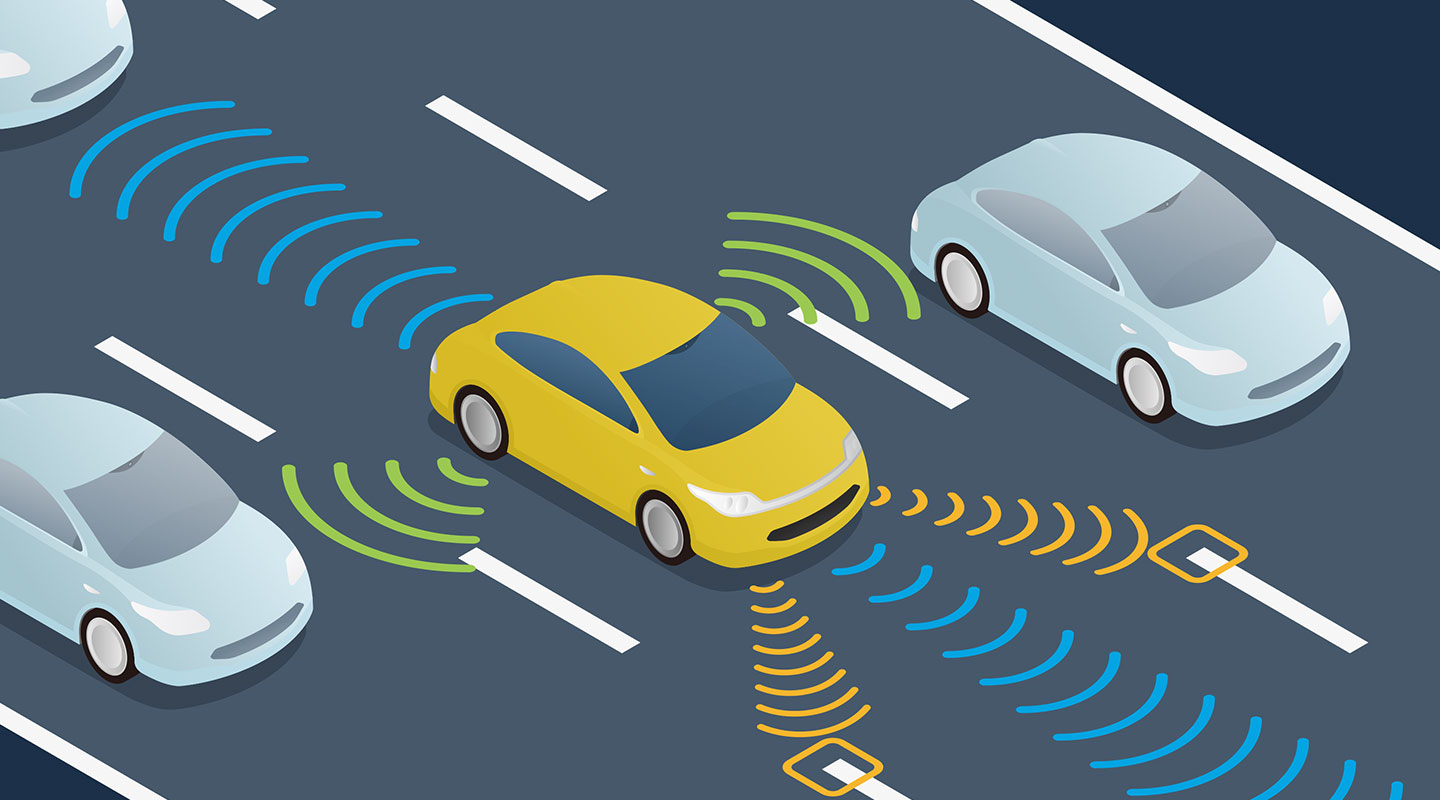 Part 3 in a Series on Autonomous Vehicles and Usage Based Insurance (UBI)
Part 3 in a Series on Autonomous Vehicles and Usage Based Insurance (UBI)
When gold standard companies in the high-tech and automotive industries start teaming up to accelerate the commercialization of driverless cars, you know it’s time for insurers to go beyond monitoring developments and speed up their response. That’s the takeaway from recent partnerships like the one Microsoft formed with GM to advance the Cruise brand toward reality.
Clearly, autonomous vehicles (AVs) are fundamentally altering the shape of risk, as we discussed in our previous blog. Now let’s begin considering how you can take action, starting with the coverages driverless vehicles likely will require and the challenges our industry faces for developing appropriate products.
Opportunities for insuring AVs
While AV adoption may still be a few years away, the multitude of technologies necessary for making a vehicle driverless creates several opportunities for the P&C industry. In general, these include:
New Autonomous Vehicles. For new driverless vehicles, it’s expected that insurance will be included in the warranty. This means insurers will partner with vehicle manufacturers to establish coverage amounts for damages vehicles suffer, property damaged by vehicles, and the associated liability for human injury or fatalities. The risk here is primarily technology quality both in the hardware (e.g sensors providing input) and software (the actual decision engine).
Updated and Used Autonomous Vehicles. When warranties expire on autonomous vehicles, purchasers have a number of options available to them. The simplest would be to upgrade their AV kit to start a completely new warranty. This core can either be from the original manufacturer or a third-party provider. An upgrade introduces additional risk in melding the AV kit with the existing vehicle. That risk can be addressed through certification, additional coverage requirements, or both.
Another option will be replacing specific subsystems to re-establish vehicle coverage. The additional risk here is ensuring the subsystems replaced work as expected with the existing components.
Again, certification and/or additional coverage can address these possibilities.
There is always the choice to drive the vehicle manually to avoid the expense of an upgrade; in which case, traditionally auto cover will apply.
Autonomous Subsystems and Kits. As supply chains mature, AV manufacturers are likely to shift away from developing all the needed subsystems themselves and toward partnering with others. Manufacturers will require subsystem providers to insure their products. Manufacturers will likely need to certify the AV kits with specific sets of hardware, reliably identify the hardware components attached to the AV core and possibly adapt the processing to each supported component. All these requirements introduce new certification, testing, and audit trails to ensure the risk being underwritten is known and acceptable.
The market is already seeing the introduction of kits for retrofitting legacy vehicles to become driverless. Associated opportunities for insurers mirror those above.
Vehicle Owners and Passengers. Much like today, driverless vehicle owners and passengers desiring coverage beyond what’s included in a warranty will shop on the open market for policies tailored to their specific travel concerns.
Ride-hailing and Public Transit Passengers. As ride-hailing and public transit options are expected to become even more popular in the autonomous world, many passengers will seek additional coverage beyond what’s included with their ride. Ride-hailing and public transit users will likely want excursion-based options and subscriptions of varying lengths.
Governments. To ensure smooth and safe driverless experiences, smart roadway infrastructure will become essential, particularly in city environments where a confusing array of signage is the norm today. It’s expected that governments will invest in various sensors, cameras, and other technologies for two-way communication with vehicle systems. These investments will require new types of coverage for the property damage and liability risks that could arise from infrastructure issues or outages. They will also shape the acceptable risk and/or cost of insurance for vehicle owners. For example, cities without AV infrastructure could pose a higher risk to insurers and therefore require additional coverage beyond the manufacturer’s warranty.
Certification and regulatory hurdles insurers need to overcome
Although carriers sometimes struggle with the many legal and regulatory requirements for insuring today’s drivered vehicles, these same statutes provide a vital framework for assessing risk that’s substantively non-existent in the AV market today.
For instance, consider the category of updated and used vehicles as discussed above. After the owner of an older model AV modernizes by purchasing a subsystem on the open market, let’s suppose the individual comes to you for coverage. Currently, there’s no existing certification or regulatory structure for you to determine how to price the risk.
This makes active participation in industry organizations imperative for helping to develop the legal foundation you’ll need for successfully underwriting AVs. Whether you’re a leading brand or a niche player, assisting with developing the necessary statutes ensures your specific business imperatives are represented, enhancing your competitive position.
Another benefit you’ll achieve from participating in the development of legal frameworks is insider knowledge of AV adoption trends. In short, understanding what types of AVs are gaining traction is a powerful tool for determining which products you need to begin designing today, and which can likely come later.
No matter what AV product portfolio you ultimately design, establishing the right IT infrastructure to power your offerings is the next critical action item on your AV to-do list.
To review concepts in our previous blogs, read Full Speed Ahead: The Shape of Vehicle Risk in a Driverless World and Full Speed Ahead: The State of Autonomous Vehicles and What Insurers Need to Know.




















 Time-Tested Loss Reserving Methods Challenged: AM Best
Time-Tested Loss Reserving Methods Challenged: AM Best  Uncertainty Keeps Prices Up; No Prior-Year Loss Development: Travelers
Uncertainty Keeps Prices Up; No Prior-Year Loss Development: Travelers  The Supreme Court Just Complicated Employer Diversity Initiatives
The Supreme Court Just Complicated Employer Diversity Initiatives  USAA to Lay Off 220 Employees
USAA to Lay Off 220 Employees 



